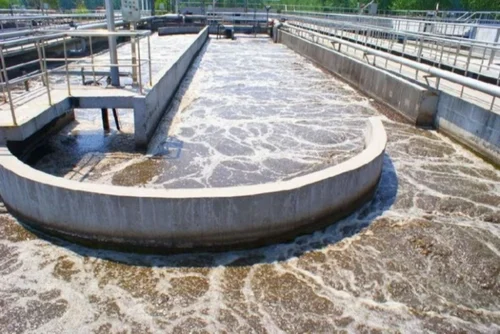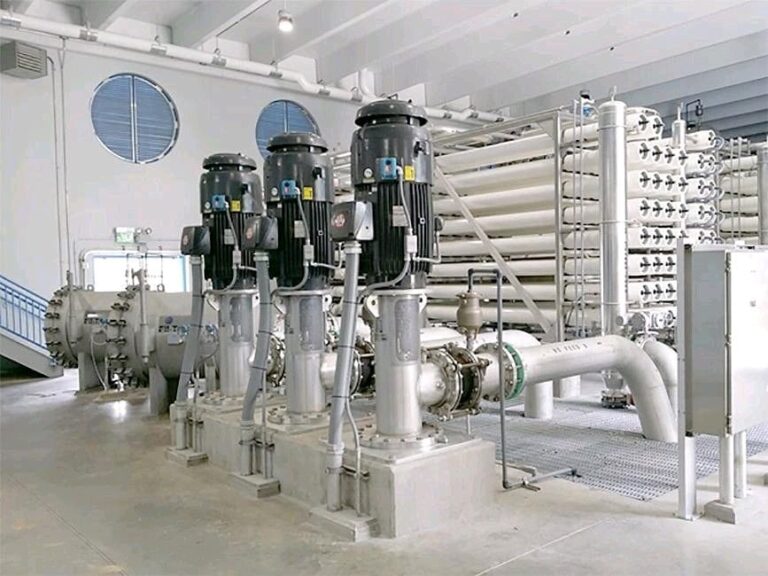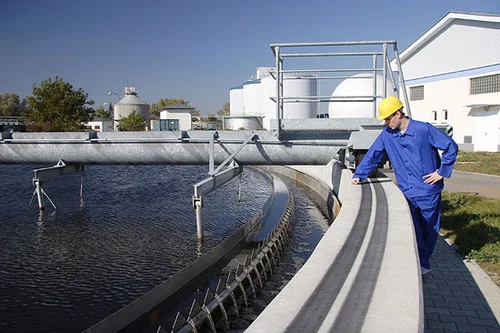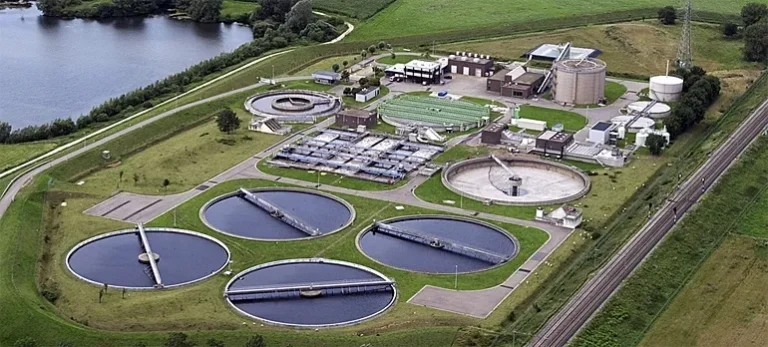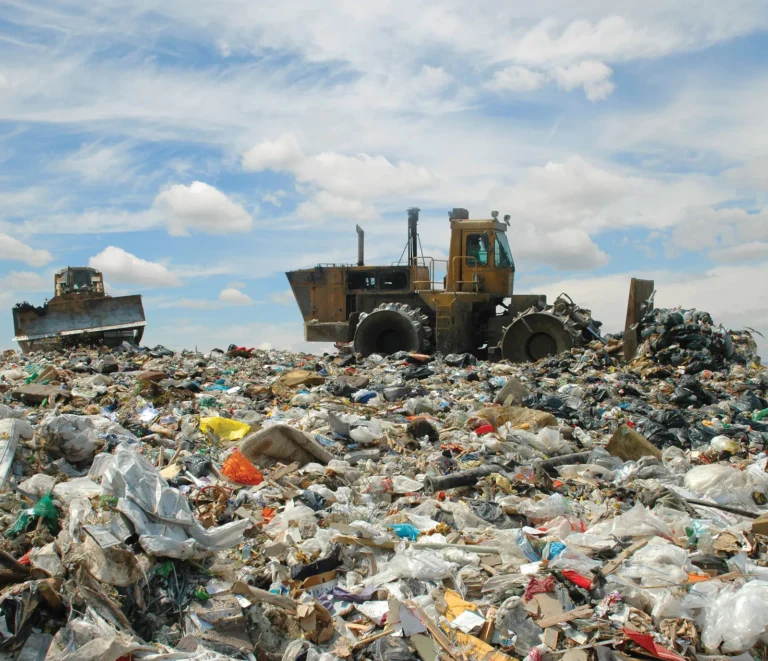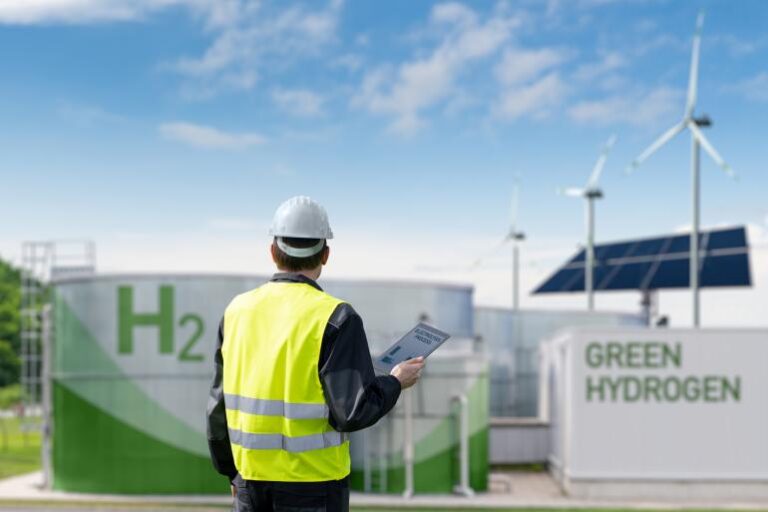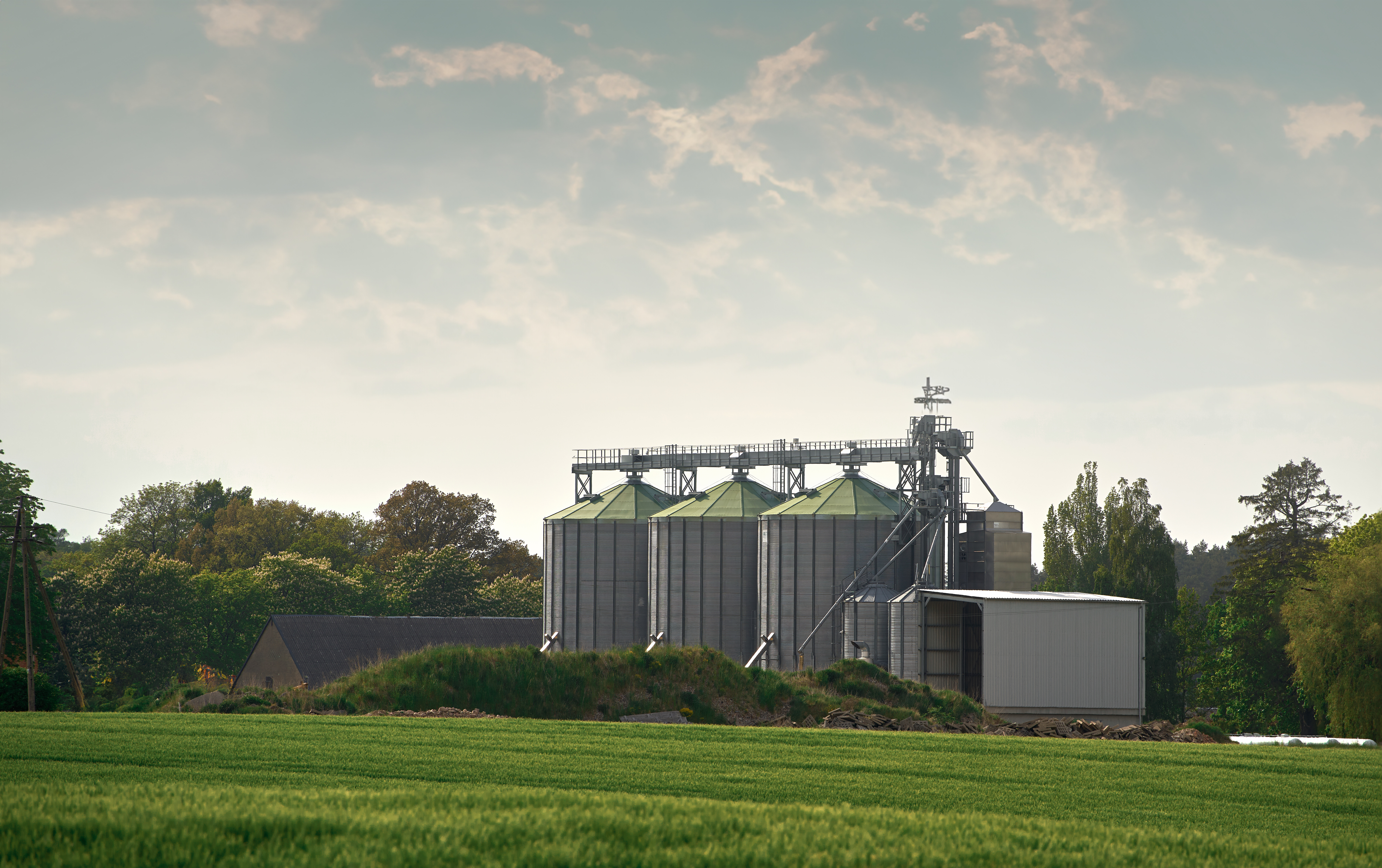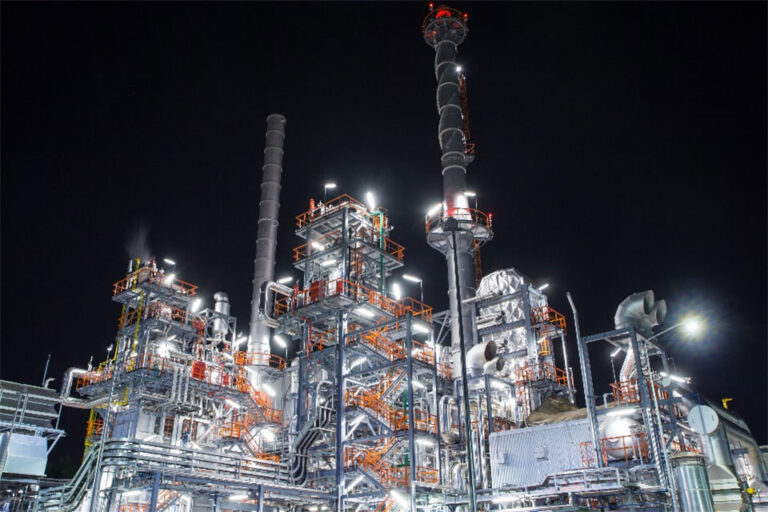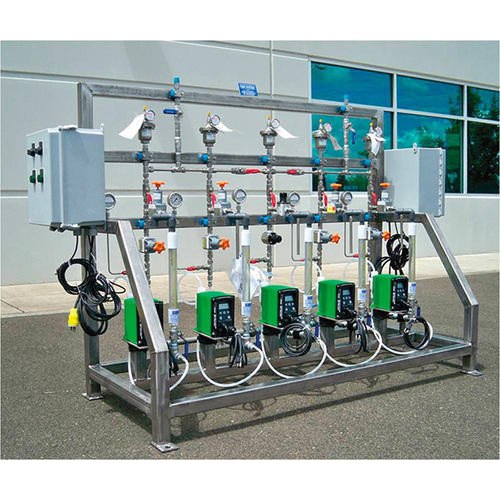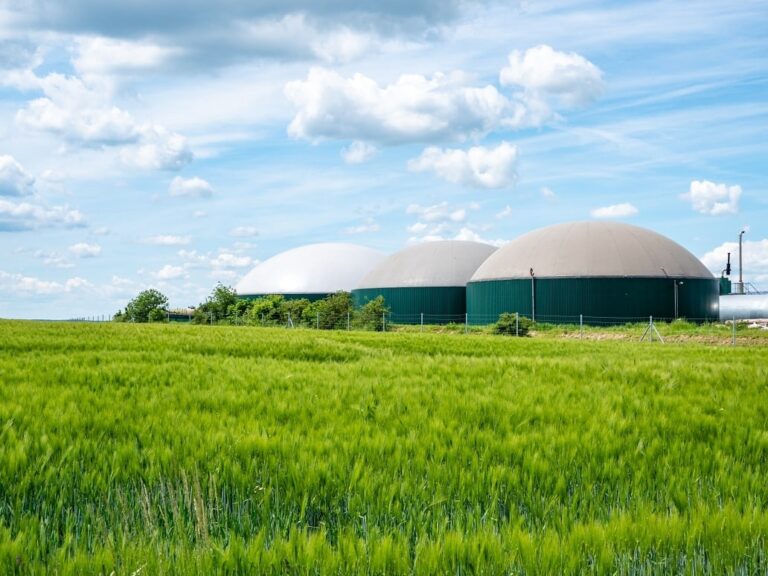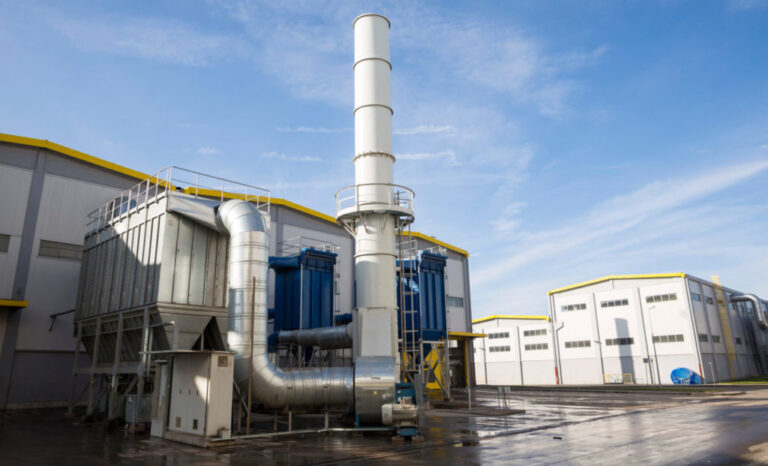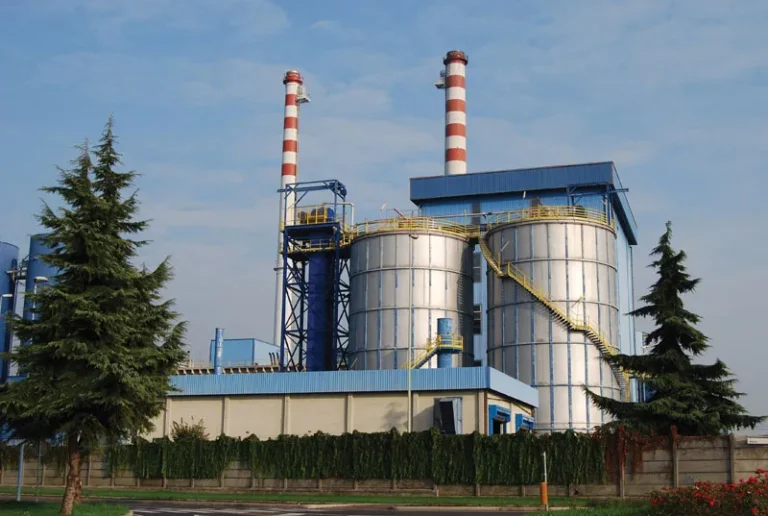Per and Polyfluoroalkyl Substances (PFAS)
Next-generation Solutions for ‘Forever Chemicals’
Per- and Polyfluoroalkyl Substances (PFAS) are among the most persistent and challenging contaminants in water, wastewater and environmental systems. Defined by their strong carbon–fluorine bonds, PFAS resist conventional treatment methods, accumulate in ecosystems and demand advanced, sustainable solutions.
At WOG, we are pioneering integrated PFAS management strategies that go beyond compliance to deliver measurable removal, destruction and recovery outcomes bridging proven capture methods with next-generation innovations.
What Makes it Innovative?
- >95% Removal with Capture Solutions: Proven adsorption via granular activated carbon (GAC) and ion exchange resins.
- >99% Efficiency through Membranes: Nanofiltration (NF) and reverse osmosis (RO) for ultra-high PFAS rejection, with focus on handling concentrated brine streams.
- Emerging Destruction Technologies: Plasma treatment, electrochemical oxidation and UV-sulphite methods for breaking PFAS molecules instead of transferring them.
- High-temperature Mineralization: Incineration at >1,000 °C with research into sustainable alternatives to avoid incomplete combustion.
- Hybrid Approaches: Combining adsorption with plasma or oxidation for balanced, scalable treatment.
- Circular Economy Pathways: Regeneration of adsorbents, PFAS concentration for centralized destruction and research into resource recovery from plasma and hydrothermal processes.

Why it Matters?
PFAS contamination represents both an environmental liability and a public health challenge. Our innovation in PFAS treatment helps industries and municipalities to:
- Achieve over 95–99% PFAS removal with proven and emerging technologies.
- Minimize disposal costs through resin and carbon regeneration.
- Safely handle brine and concentrate streams within zero liquid discharge (ZLD) frameworks.
- Reduce sludge and waste footprints by pairing PFAS control with sludge-to-energy and waste-to-resource solutions.
- Future-proof operations with circular economy models that turn liability into opportunity.
Where it Works Best?
WOG’s PFAS treatment solutions are suited for both industrial and municipal applications, including:
- Industrial discharge streams require source monitoring and pretreatment.
- Municipal wastewater facilities addressing PFAS in sludge and effluent.
- Drinking water plants safeguard communities from persistent contaminants.
- The chemical, textile and semiconductor sectors where PFAS compounds are widely used.
- Integrated ZLD and sludge-to-energy systems requiring PFAS-safe outputs.
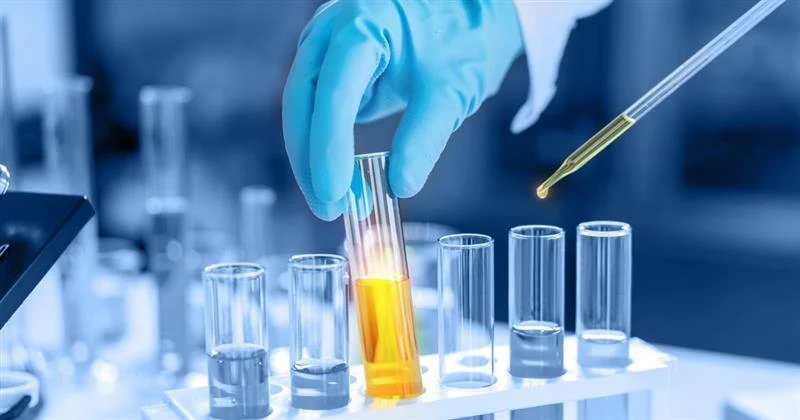
Looking Ahead
PFAS management is no longer a stand-alone compliance requirement, it is part of a broader sustainability strategy. By combining capture, destruction and resource recovery, WOG is helping industries transition to safe, scalable and future-ready solutions for one of the toughest challenges in water and waste management.
With our PFAS innovations, we aim to close the loop, turning persistent pollutants into manageable outputs while safeguarding environmental and public health.
Turn wastewater into clean energy with High Efficiency UASB.
Let’s design the future of treatment together.
FAQs
PFAS have extremely strong carbon–fluorine bonds, making them resistant to biodegradation and most conventional chemical treatments.
Granular activated carbon (GAC) and ion exchange resins remain the most widely used, with removal efficiencies exceeding 95%.
Yes, emerging technologies like plasma treatment and electrochemical oxidation show promise for breaking down PFAS molecules, while high-temperature incineration (>1,000 °C) achieves complete mineralization under controlled conditions.
Yes, nanofiltration and reverse osmosis can achieve >99% removal, but they generate concentrated brine streams that require further treatment.
By integrating PFAS control into zero liquid discharge, sludge-to-energy and waste-to-resource frameworks, reducing lifecycle costs and enabling circular economy benefits.

